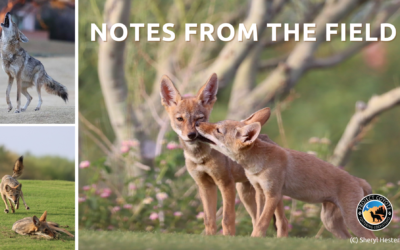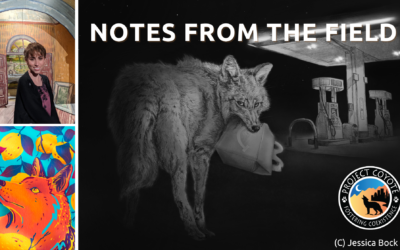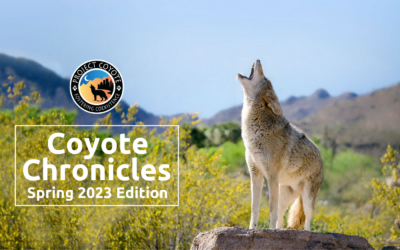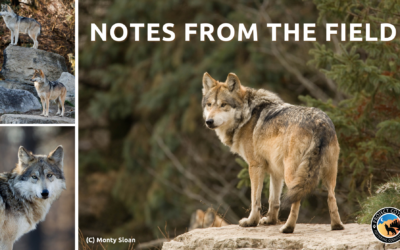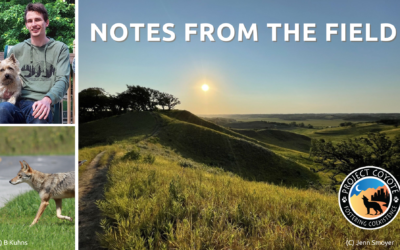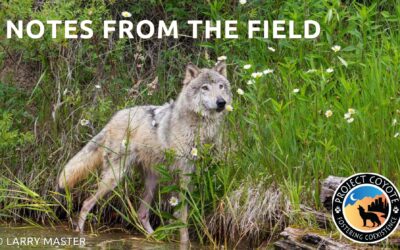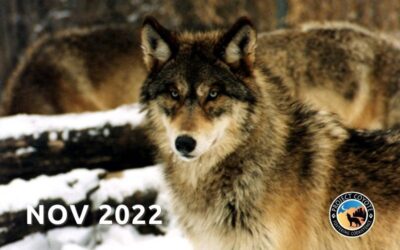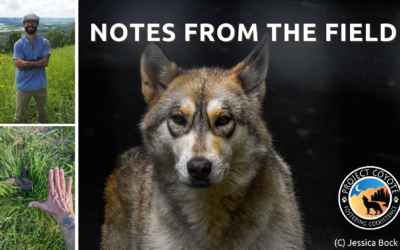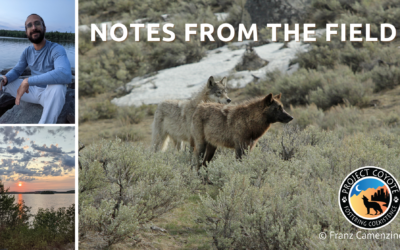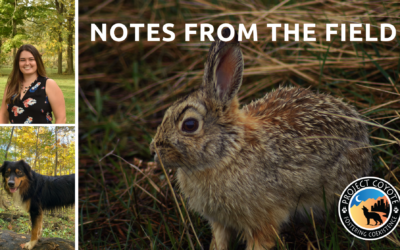Just The Messenger by Sheryl Hester
Just the Messenger By Sheryl Hester My curiosity for natural animal behaviors started at four years old when I escaped to the outdoors. I learned the wild animals in their outdoor habitat were more nurturing than the human family around me. I studied animals...
Red River War by M. Walker
Red River War: An Instrumental Journey Through the Last Major Conflict on the Southern Plains By M. Walker About a year ago, I joined the Project Coyote team via the Artists For Wild Nature program, introduced myself, shared a unique conceptual instrumental album I...
How Art Could Save the World- the Role of Design in Communication
How Art Could Save the World - the Role of Design in Communication Hi! I’m Jess Bock and this past summer I was a design intern here at Project Coyote. I’ve been passionate about art my whole life, and have tried every medium that crosses my path (and have been better...
Spring 2023
Our newsletter has a new, refreshed look! We hope you’ll enjoy reading our updates and accomplishments from our six core program areas, learning a seasonal coexistence tip, and perusing our announcements and recent publications from our team.
25 Years of Lobo Recovery (NFTF)
The 25th anniversary of Mexican gray wolf reintroduction in the southwest is upon us. Although there have been laudable successes, the population still faces persecution and other threats today.
Can Designers Be Conservationists?
In human-dominated landscapes, landscape architecture can be an important conservation tool.
Notes from the Field: Wildlife Governance Reform
Renee Seacor, JD Carnivore Conservation AdvocateWildlife Governance Reform & Community Engagement The importance of advocating for wildlife coexistence and conservation Successful wildlife conservation and coexistence requires good decision-makers who advocate for...
November 2022
Project Coyote uses every tool in the toolbox to further carnivore conservation and promote coexistence– including direct lobbying and policy change, proactive public education and outreach, grassroots organizing and litigation when needed.
For all beings: Part 2
In my prior blog entry, after introducing myself, I touched on both Euro-North American and Ojibwe worldviews, specifically in relation to wolves. The objective was to highlight how worldviews influence our values and motives, including those guiding science. Therefore, science will always be partial to worldviews, which suggests the foundational discussion within conservation should be about worldviews. In that entry, I suggested that Ojibwe views of wolves were more accurate, caring and respectful than those of Euro-North American managers when assessed from who we know wolves are. Yet, the Ojibwe and other Indigenous worldviews are not the only ones who consider wolves as persons with whom we should cultivate caring and respectful relationships.
For all beings part 1
I’m very much an immigrant: to the Midwest, to science and to rewilding. And yet, as with coyotes in the eastern U.S., I feel at home. I was born and raised in San Juan, Puerto Rico. I was a working-class city kid that did not spend much time out in nature, except for the occasional beach trip.
Notes from the Field: Project Coyote Representative John Maguranis springs into action to save the lives of four coyote pups!
NOTES FROM THE FIELD: Project Coyote Representative John Maguranis springs into action to save the lives of four coyote pups!Written by John Maguranis, Project Coyote Massachusetts Representative, and retired Animal Control Officer, Belmont, MAOn August 9th, I was...
Notes from the Field ~ Backyard Coexistence
Kelly Borgmann Midwest Coexistence CoordinatorBackyard Coexistence Much of Project Coyote’s news of coyotes, wolves, bobcats and other wildlife may seem like it comes from the wild frontier of nature. We share with you stories about stopping wildlife killing contests,...

